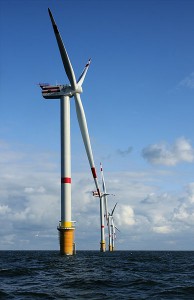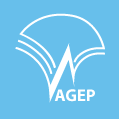
For large-scale projects you'll need to approach a national or international bank (C) Hans Hillewaert / Creative Commons
Banking expert David Mora explains the difficulties in project financing
David Mora works at the Commerzbank’s Center of Competence Renewable Energies. As a project manager, he is in charge of determining the feasibility international projects. He was a DAAD scholarship holder in the Masters programme “Sustainable Energy Systems and Management – SESAM” at the University of Flensburg from 2001 until 2003.
Let’s say I need money for a project in the renewable energies sector. How do I go about getting it?
That depends on the amount of the investment. Savings banks like our Sparkassen in Germany or other local banks are good partners when it comes to smaller regional projects. If you are looking for larger investment sums, however, you’ll need to approach a national or international bank. Commerzbank, for example, has an entire department devoted to renewable energies. This is where we handle large-scale projects where several banks and private investors are involved – an off-shore wind farm in Belgium, for instance.
How are loan decisions made?
We take a good look at the project documents to determine whether it is fully implementable and if it makes business sense. Is it technically sound? Does it promise business success? Is it legally fail-safe? If this initial screening ends up positively for the project, I then use this information to convince our credit department of the project’s credit worthiness.
What sort of things can hinder financing?
Instable investments. Our project financing loans generally run for more than 15 years. We can only do this in a stable environment, however. Politically or economically instable countries are ruled out from the start. I could never approve financing for a wind farm in my home country of Colombia, for instance. The wind park simply would not be able to compete against the country’s low energy prices for conventional energy. The government would have to create the proper conditions first.
These are common problems for many developing countries. What are their chances of getting financing?
One option is what’s called credit insurance. Let’s say the German government is interested in having German-manufactured wind turbines installed in Colombia. It can use state credit insurance to mitigate the risk. Development banks are the second option. These are banks that receive state funds and are less averse to high risk than private investors. If their pilot projects are successful, they open their doors to new markets. Then the private investors follow.





